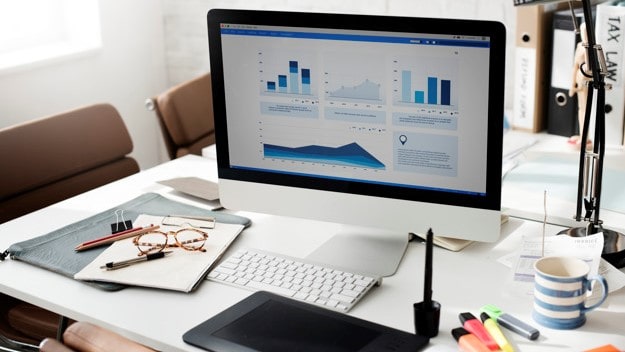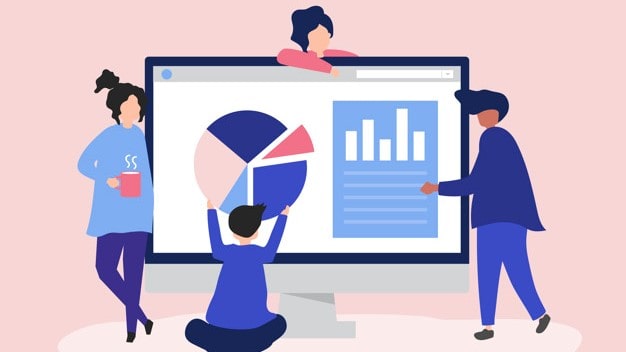- November 20, 2018
- Posted by: admin
- Category: Predictive Analytics

Knowing what your business is going to face next is a huge advantage to any enterprise. The application of predictive analytics in business helps you get ahead of the competition. The advantages of predictive analytics are many. It helps you generate meaningful business intelligence out of your data such as customer trends. It also helps you optimize your marketing campaigns and earn better ROI. In fact, predictive analytics techniques are the only digital marketing solutions you need to stay competitive.
What Is Predictive Analytics?
It is a method to apply a predictive model to data. Using Predictive Analytics tools, it is possible to learn a great deal from the customer data that is generated daily. You can learn to predict future events such as customer trends and actions. Businesses can use this method to optimize marketing campaigns and drive successful business outcomes.
Predictive Analytics Helps To Increase Confidence
Understanding the possibility of a likely outcome offers an increased degree of confidence to a business. Predictive analytics future trends tells you that the decisions you’re about to take are correct. For a business, this presents a huge advantage. Now you can assess the risks, run probability scenarios confidently and review pursuant actions ahead of time. It’s applications allow you to be confident about the potential ROI of an action ahead of time.
It Helps Businesses Gain Competitive Advantage
It helps you gain accurate insight fast, which makes your actions quicker. This allows you to innovative better campaigns and move ahead of the competition. Here are some real world examples of predictive analytics: product personalization, improved customer retention and increased ROI. So if you’re wondering how to do predictive analytics, this is how. Incorporate predictive analytics as your main digital solution and you’ll reap accurate dividends year long.
Predictive Analytics in Business Helps Create a Customer-centric Organization

It widens the scope of enterprise data application in a company. This encourages cross-functional collaboration within the company. All the data and the insights it brings leads to one objective – customer satisfaction. The future of data analytics sees the adoption of an advanced analytics culture, transforming companies into customer-centric enterprises. This is one of the main predictive analytics examples that benefit the overall organization.
It Helps to Optimize Marketing Productivity
Through Analytics, marketers can visualize trends via key insights which enable better decision-making. There are various data analytics examples in business. One is that predictive analytics empowers marketing departments to sharpen their tool set. Marketers can use PA to optimize campaigns and generate better ROI by lowering costs.
Conclusion
Predictive analytics goes beyond more data insights. As one can see, an organization that adopts predictive analytics cannot stick to a siloed way of operating. Departmental collaboration becomes a must, which brings cost reduction and streamlining.
In industries that use data analytics, marketers realize the benefit first, but soon the entire organization benefits. So why use predictive analytics? Because it can transform an organization’s existing culture into a more beneficial data-driven and customer-centric culture.
